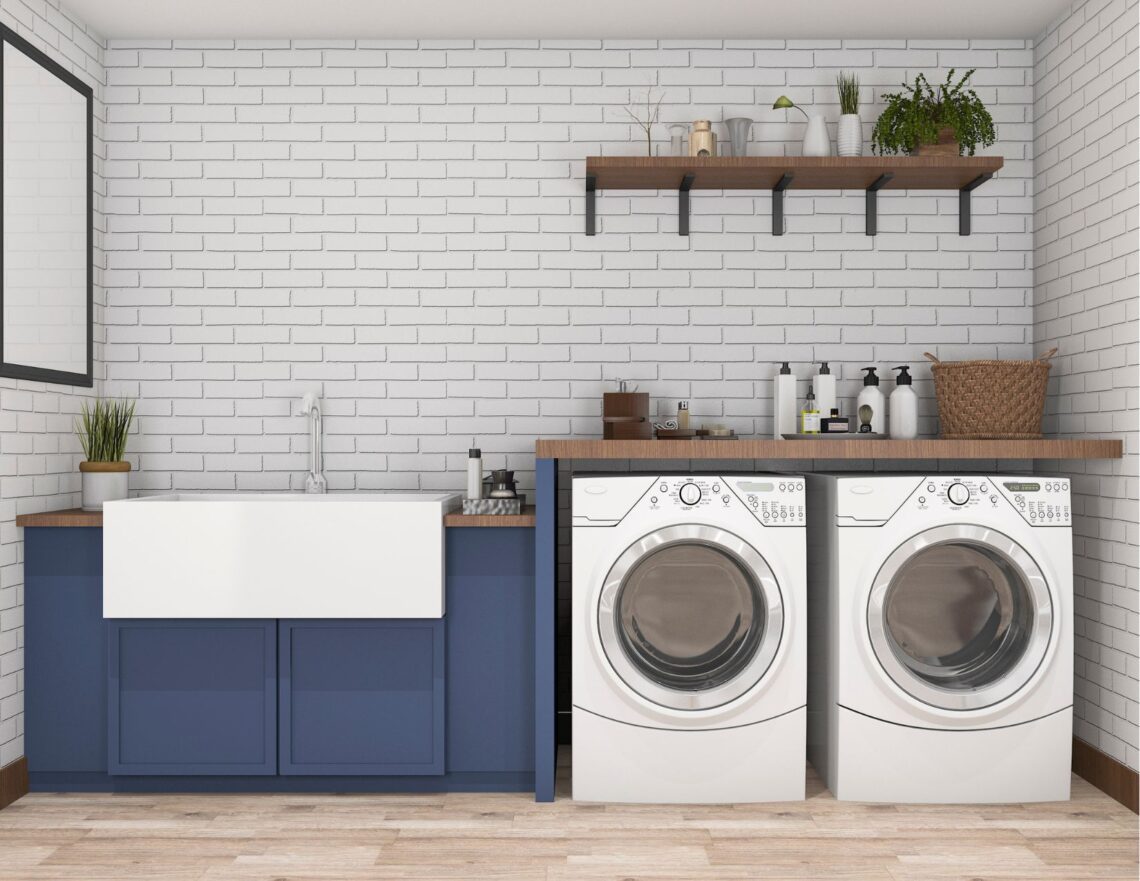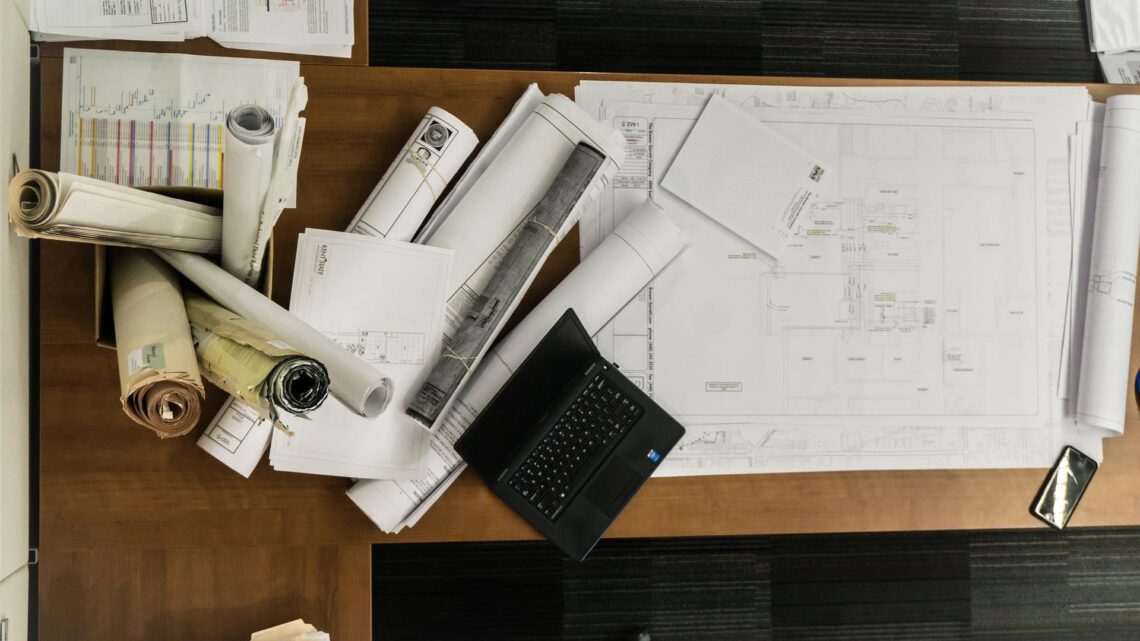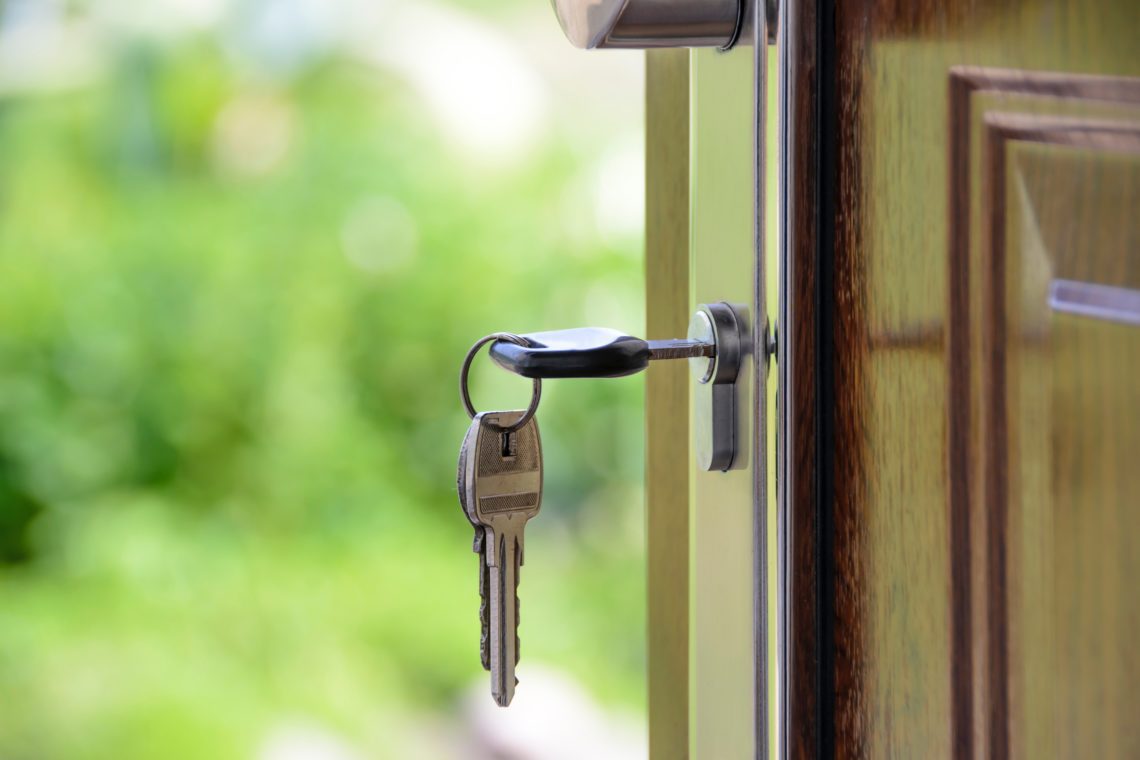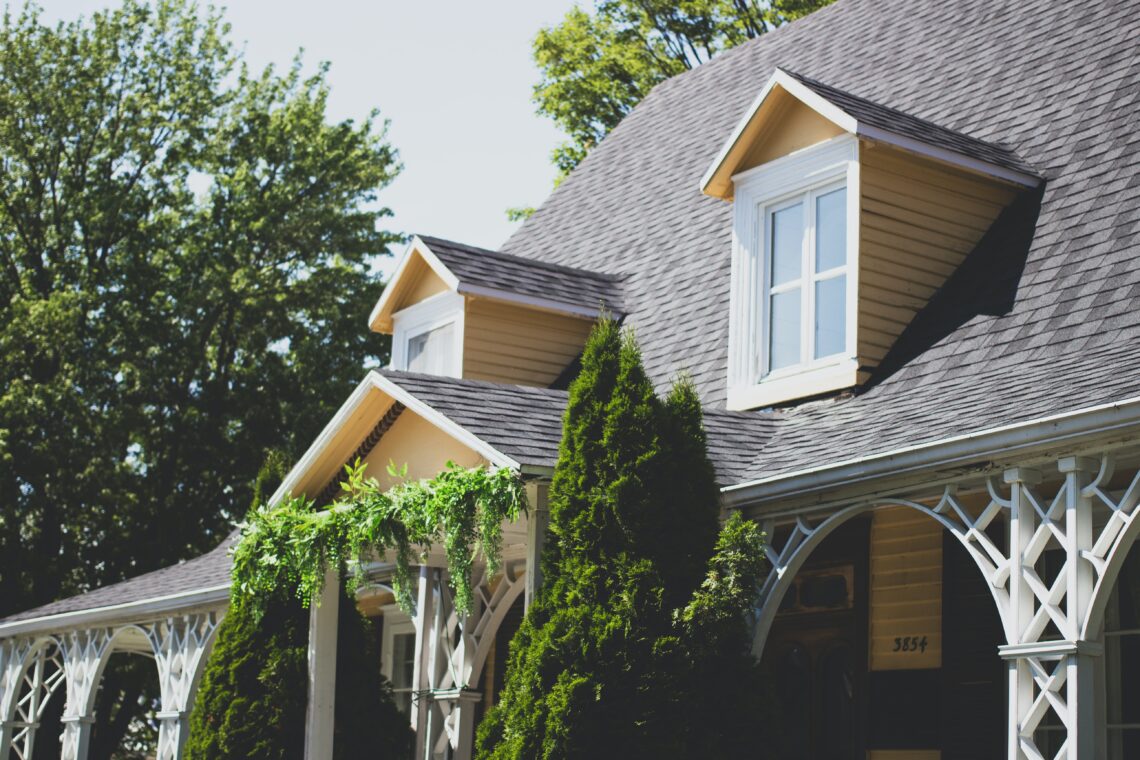09.26.2024 | Design
How to Choose the Right Flooring
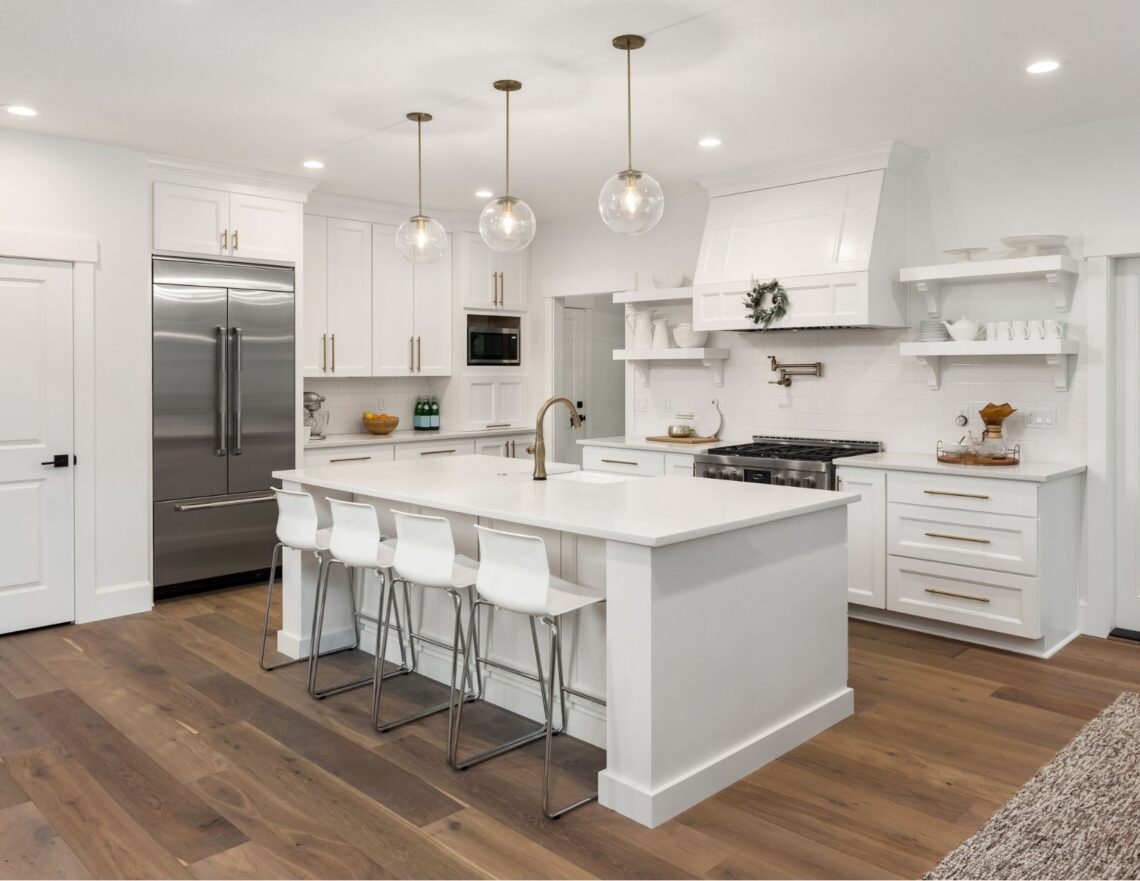
Flooring is one of the significant choices you’ll make when renovating your home. With so many options on the market, it can be a challenge to narrow it down. We’re looking at the pros and cons of the most popular types of flooring, including carpet, hardwood, laminate, vinyl and tile. Choosing the right option will depend on your needs and taste.
Hardwood
A classic choice that is durable and versatile, hardwood floors are often something home buyers want. The flooring is made of solid wood and can come from a variety of trees, including maple, oak, walnut, and cherry. It is one of the most expensive options and does take some regular maintenance to keep it looking great.
When choosing hardwood flooring, consider the type of wood species – each has its own look and natural colour. The width of the wood planks also affects the overall look. Narrow strips are the traditional choice and give the illusion of more space, while thicker planks are a newer trend that provides a warmer, more rustic feel. The texture and finish of the final floor also differ greatly. Do you want a shiny floor or one that looks worn and rustic from day one?
Pros:
- Hardwood is in-demand with home buyers and increases your home value
- It is a long-term investment that can be refinished multiple times
- You have many options in terms of colours and finishes to compliment your décor
- Hardwood is strong and durable and lasts a long time
Cons:
- It is one of the most expensive options
- In high-traffic areas, it can incur scratches and dents, especially if you have pets
- Hardwood is susceptible to moisture damage and isn’t the best choice for basements, washrooms or laundry rooms
Engineered Wood Flooring
Engineered wood flooring offers the best of both worlds—the look of real wood with a much better price tag. This floor consists of a thin layer of hardwood bonded over a high-quality plywood substrate. It is durable and easy to install, making it a good choice for those who love DIY and is a great option when choosing flooring for your home.
When choosing engineered wood flooring, look for a thicker veneer that can be refinished multiple times. Look for additional features that suit your particular needs, such as waterproof or scratch-resistant finishes.
Pros:
- With a relatively simple installation process, you can DIY
- With a real hardwood top layer, it has the look and feel of real wood
- It has a greater resistance to moisture than real wood and is less likely to warp
- Engineered wood is a durable and long-lasting option that can handle heavy traffic
- There are a variety of styles and colours to choose from
Cons:
- Because the hardwood is only the top layer, engineered wood can’t be refinished more than once
- There is a wide variation in quality, so you have to do your homework to get a top product
- The adhesives used in attaching the layers can emit VOCs
- It can sound hollow underfoot
Laminate
Laminate is an affordable option for those looking for a carpet alternative while avoiding the cost of hardwood. A DIY-friendly option, laminate consists of a particleboard base topped by a photo of wood or tile and finished with a protective clear plastic layer.
You have many colours and textures to choose from – strips that mimic wood flooring, squares that look like tile, and some that resemble natural stone. Laminate varies in quality, so consider where you will be placing the flooring. Choose a higher quality product for high-traffic areas and look for a scratch-resistant finish.
Pros:
- The biggest pro of laminate flooring is the cost savings compared to hardwood and engineered hardwood
- It is easy to clean and scratch-resistant
- There are many colours and styles available to suit any décor
- Laminate is a DIY-friendly option
Cons:
- Because it is susceptible to moisture damage, laminate isn’t the best choice for kitchens, washrooms, or the basement.
- It doesn’t look or feel like real wood and sounds hollow underfoot
- Laminate also chips easily and doesn’t last as long as other options
Vinyl flooring
Another great option when choosing flooring for your home is Vinyl. Vinyl flooring is water-resistant and exceptionally durable, which makes it perfect for basements, kitchens and washrooms. Luxury vinyl planks and tiles have become increasingly popular in the last few years because of their durability and variety of styles.
Vinyl comes in planks, sheets, and tiles and is composed of four layers: a protective urethane topcoat, a clear vinyl layer, a printed design, and a felt or fibreglass backing. When choosing vinyl, you have a wide variety of options, patterns and colours.
Pros:
- Extremely durable, water and fade-resistant
- Vinyl is relatively easy to install, making it a good choice for the DIYer
- It is low maintenance and easy to clean
- There are a wide variety of options available
Cons:
- Luxury vinyl is more expensive than laminate
- It has a lower return on investment than hardwood
Tile and Stone Flooring
Ceramic and porcelain tiles or natural stones like granite, marble or sandstone are beautiful, durable options. Tile flooring is great for moisture-prone areas like washrooms and kitchens. Natural stone is a perfect choice when you are looking for flooring that makes a statement. Both tile and natural stone are durable and long-lasting and come in various styles and colours.
Pros:
- Both tile and stone are waterproof, making them excellent choices for kitchens and washrooms
- They are durable and long-lasting
- You have a wide variety of styles and colours to choose from
- Natural stone can be used to create a striking, dramatic floor
Cons:
- It can be a more expensive option
- There is a lot of prep work needed before installation,
- Installation can be challenging and is best left to the professionals
- Tile and natural stone can be cold and slippery underfoot
Carpet
Carpet is a favourite, especially in bedrooms, where you want a cozier feel. You have a variety of colours, textures and qualities to choose from. Some are better suited for high-traffic areas than others, with stain-resistant qualities. While it varies in price, carpet is generally one of the more cost-effective options.
Pros:
- It is soft and warm underfoot and visually warms up the space
- The carpet also offers a soundproofing quality that other flooring doesn’t
- You have a multitude of colours, materials and designs to choose from
Cons:
- Carpet is hard to clean, is prone to staining and requires regular maintenance
- It can show wear, especially in high-traffic areas
- Because carpet can trap dirt and dust, it isn’t the best option for allergy sufferers
Questions to Ask Before Choosing Your Flooring for your Home
- What is the space used for? Is it prone to water spills like a kitchen or bathroom?
- What is your budget?
- How long do you plan to be in the space? Are you looking for a short-term solution or a long-term investment?
- Is the ROI important to you? Will you be selling your home in the next little while?
- How many rooms are you doing at once?
- Are there stairs that need to be done as well?
- What is the existing style in the home? What colour scheme do currently have?
- Are you a DIY pro, or will you have someone install it for you?
- Do you have a specific timeline?
The flooring in your home significantly impacts the style and overall décor. With a myriad of options, you’re sure to find the perfect choice. Choosing flooring for your home doesn’t need to be overwhelming. We hope this blog has given you everything you need to consider and questions to ask when making this decision. If you’ve enjoyed this information, be sure to subscribe to our monthly newsletter to learn more tips and tricks on homeownership!


